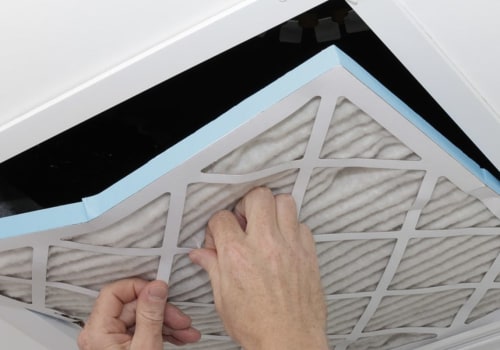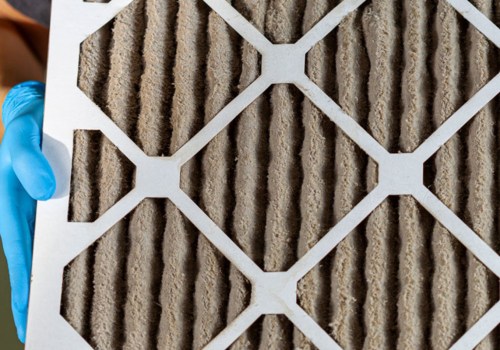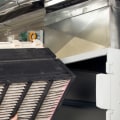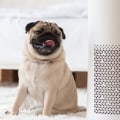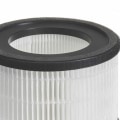For Merv 8, 11 and 13 filters, it is recommended to change the filter at least every 3 months for optimal filtration and healthier air in your home. However, if your air filter is made of fiberglass filters, experts suggest changing it every 30 days. Pleated filters can last up to three or six months before needing to be replaced. Vacation homes or homes that don't get much use can expect to change filters every 9-12 months.
In general, most air filter manufacturers and HVAC companies suggest changing your air filter every 90 days or 3 months. This may vary depending on the location of your home, if you have pets, and the age of your system and equipment. If you have pets in the house, you should consider changing the filter every 60 days or 2 months. For households with multiple pets or people with allergies or respiratory conditions, it is recommended to change the filter every 20-45 days.
A general rule of thumb for pleated air filters (such as those manufactured by FilterBuy) is to replace the filter every 90 days. As the filter traps more dirt, dust and allergens from the air, its efficiency decreases. The ideal MERV filter for your home depends on your needs, in addition to what you have in your home. In addition to filtering particles filtered by MERV 8 and 11, MERV 13 can filter kitchen smoke, smog and virus carriers.
Because of their pleats, these filters easily require only two filter changes per year. Use a filter with a MERV rating of 12 if your oven can do it. This type has filtration capabilities similar to those of the MERV 8, but with additional efficiency for filtering a pet's coat. It's important to note that there are high-efficiency filters that are designed to filter out small particles of bacteria, mold and mildew, but your standard MERV 8-11 filters will simply block out larger particles of dust, dirt & hair.
How often you should change your home air filter depends on the type of filter, its thickness, the MERV rating, and some special conditions. Your oven owner's manual will specify the best MERV rating for your oven and, in general, filters with a MERV rating of 6 to 9 should be changed every 90 days, while those with a MERV rating of 10 to 12 should be changed every 60 days. But how often do you need to change the air filter? How often do you need to change the oven filter? Well, it depends.
